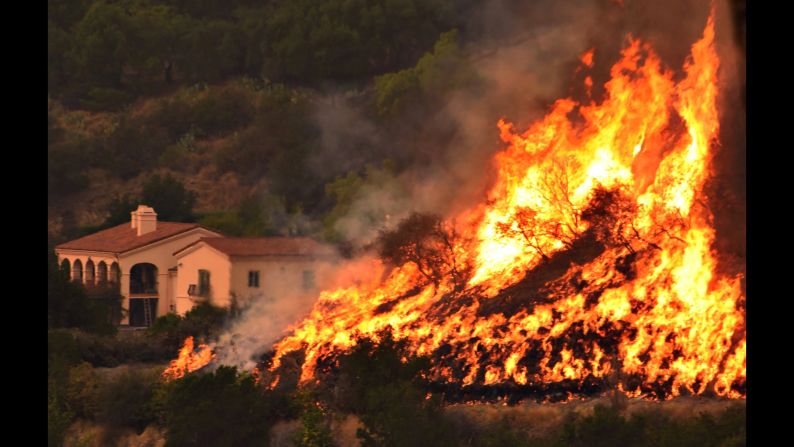If you are a homeowner in Southern California, it would be virtually impossible to not have received a substantial increase in your annual insurance premium, or not have received a non-renewal notice. Tell you something you don’t know, right?
When purchasing a home, homeowners insurance was once taken for granted. Buyers typically waited until a day or 2 before closing, made a phone call to an insurance agent, and had a policy in place in a few hours. Now it could take 3 weeks to find out if you can get coverage, and then the quote could be subject to an inspection after escrow closes.
Why the non-renewals and length of time for approvals? Here is one reason. In December 2017, the Thomas Fire, affecting us locally in Ventura and Santa Barbara, was the biggest at the time. In 4 short years it became the 8th largest. The Woolsey Fire, less than 1 year after the Thomas Fire, was the 8th destructive fire of all time with the loss of 1,643 structures.
Below, please find some tactics that you can employ to help protect your home from a wildfire.
Before getting into the tactics, please find definitions of two terms you may not have heard before, home hardening and defensible space. Home hardening is the term used to describe vegetation management compliance and building materials used to resist the intrusion of flames or embers created by a wildfire. Defensible space is the buffer zone you can create between your property and the surrounding area in order to slow or stop wildfire spread and protect your home from embers, flames, or heat.
A few key facts you may not know.
1). One house catching fire can generate enough heat to burn a neighboring house without producing an ember.
2). Embers are responsible for 60-90% of ignitions.
3). Getting back to the title of this email, clearing a 5 foot buffer zone of plants and trees around your home doubles the chance of your home surviving a wildfire. Crazy, right?
What can you do to create a defensible space and harden your home?
1). Create a 5 foot buffer around your home by clearing all vegetation within 5 feet of your home. Also, remove tree branches overhanging the roof line. This will very likely be a requirement when you get new homeowners insurance. We haven’t done this yet and our home would look quite naked when we do.
2). Replace any vents allowing air into your home, most commonly found in attics, with a 1/16 inch opening. A 1/4 inch screen opening is standard. This can help prevent embers getting into your attic.
3). Replace any single pane sliding doors or windows with double pane glass. This adds extra insurance in case the first pane breaks.
4). When we have Red Flag Warnings, move patio furniture away from the house and bring in cushions.
5). Finally, consider using rain gutter covers, or regularly cleaning out your rain gutters.
As simple as these recommendations sound, implementing them can make a dramatic difference during a wildfire, and could be the deciding factor for your home surviving a wildfire.
For more information, please visit:

